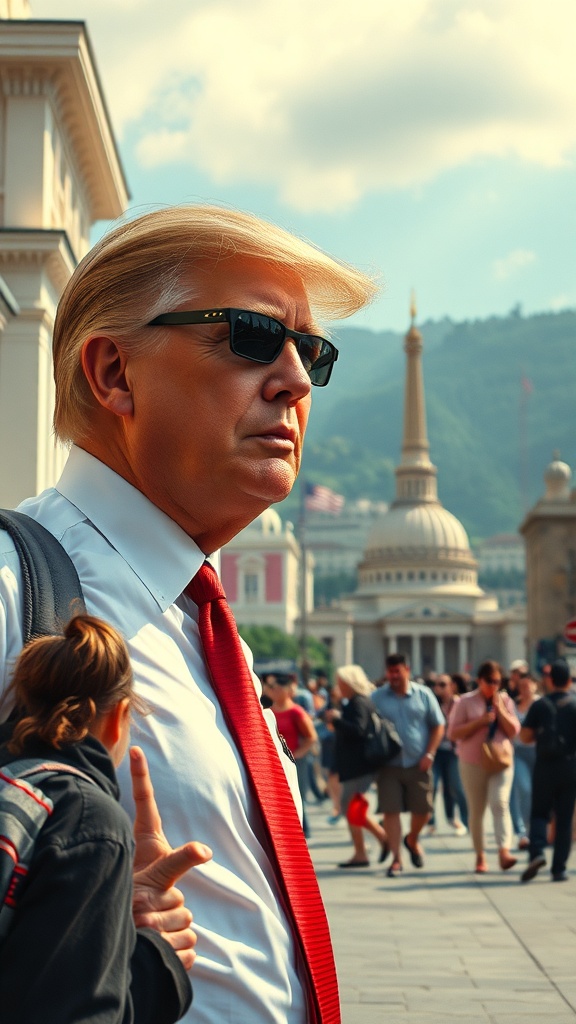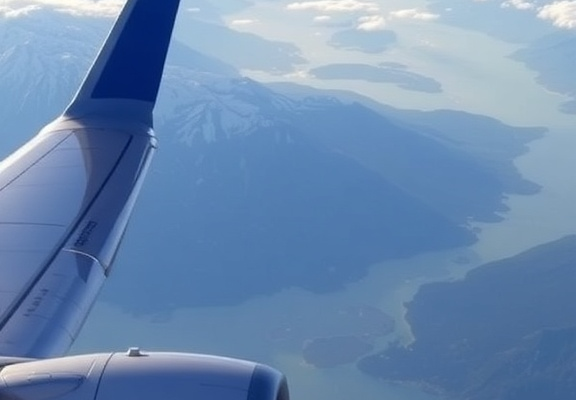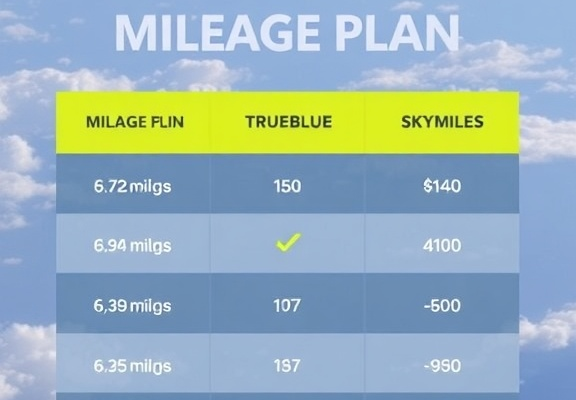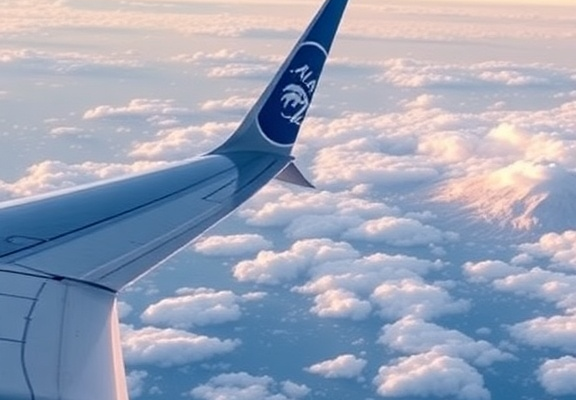The Impact of Trump’s Visa Fee Increase on U.S. Tourism and Travel Industry
The recent increase in visa fees by $250 has raised concerns across the U.S. tourism and travel industry. This change is part of the legacy that Trump’s administration has left behind and has significant implications for the travel sector. With international tourism already struggling due to various challenges, this fee hike could create additional barriers for travelers looking to explore the United States.
Thank you for reading this post, don't forget to subscribe!Travelers from countries with visa requirements are often deterred by the costs involved. When you add a $250 jump in fees, it becomes even more challenging. This can lead to a perception of the U.S. as an expensive destination. Many potential visitors might choose to explore other countries where the costs are less prohibitive. As a result, the increase might shift tourist traffic away from the U.S., directly impacting local economies that thrive on international visitors.
Several factors contribute to the decline in U.S. tourism, with visa fees being just one part of the larger picture. Here are some additional elements to consider:
- Global Pandemic Effects: The COVID-19 pandemic hit the travel industry hard, changing the way people approach traveling. Even with restrictions easing, many are still hesitant to travel long distances.
- Complicated Entry Requirements: Besides the higher fees, travelers face various entry requirements, including health checks and proof of vaccinations. These complications can further discourage foreign tourists.
- Competitor Destinations: Countries like Canada, Mexico, and European destinations are actively promoting tourism with favorable regulations and pricing, making them more enticing options for travelers.
Travel experts warn that the soaring visa fees can hurt the travel economy in multiple ways. The short-term financial gains from increased visa fees may be overshadowed by longer-term losses in tourism revenue. The travel industry heavily relies on visitor spending, which includes hotels, restaurants, and attractions. With fewer tourists coming into the country, local businesses could suffer, leading to job losses and lower economic activity.
Moreover, this visa fee increase comes at a time when the U.S. is trying to rebound from the enormous economic impact caused by the pandemic. Recent statistics show a 70% drop in international visitor numbers since 2019. This is concerning for various sectors, including hospitality and retail, that benefit from foreign spending.
The travel industry is calling on the government to reconsider this drastic hike. They argue that reinstating and promoting more affordable visa options could signal to the world that the U.S. remains welcoming to travelers. Additionally, lowering fees could increase visitor numbers, ultimately benefiting local economies.
Understanding the ripple effects of these changes is essential for both potential travelers and the industry. For those considering visiting the U.S., the financial burden could lead to shifts in travel plans. Potential tourists might decide to visit other countries first or choose alternative destinations altogether.
On the flip side, travel agencies and tour operators must adapt to these challenges. They may need to find ways to effectively market trips to the U.S. while addressing the new financial realities potential travelers face. Offering deals, packages, or incentives might help soften the impact of the added costs, making travel to the U.S. more appealing.
The ramifications of Trump’s visa fee increase are vast and intricate. As the travel industry grapples with the ongoing effects of the pandemic, the added challenge of higher fees could further compound the downturn. For many in the tourism sector, this creative challenge may lead to opportunities for innovation, but it also highlights the need for a more welcoming approach to international travelers.
As we move forward, monitoring these changes will be crucial for understanding their long-term effects on U.S. tourism. Stakeholders must come together to find solutions that not only protect economic interests but also ensure that the U.S. continues to be a sought-after destination for travelers around the world.
Comparing U.S. Travel Policies Before and After Trump’s Presidency
The United States has always been a significant destination for travelers worldwide. However, the nation’s travel policies saw substantial changes during and after Donald Trump’s presidency. Understanding how these shifts impacted travel can shed light on the ongoing discussion about tourism and global mobility.
Before Trump’s presidency, visitors to the U.S. experienced relatively straightforward visa processing. The Visa Waiver Program allowed citizens from certain countries to visit for business or tourism for up to 90 days without needing a visa. This policy facilitated smoother travel and an influx of tourists, contributing billions to the U.S. economy annually. Additionally, the U.S. actively promoted tourism through various programs, including the Brand USA campaign, which encouraged international travelers to explore its diverse landscapes and attractions.
However, the tone began to shift when Trump took office in 2017. His administration introduced stricter immigration policies, which significantly altered the landscape for international visitors. One of the most notable examples was the implementation of the travel ban affecting several predominantly Muslim countries. This policy led to an immediate drop in tourism from those nations, creating barriers that did not exist before.
Under Trump’s leadership, visa fees experienced a substantial increase. For many non-immigrant visa types, applicants saw fees jump by as much as $250. This increase meant that travelers had to weigh the cost of obtaining a visa against their plans to visit the U.S. Such financial barriers disproportionately affected lower-income families and individuals, leading to fewer applications and a notable decline in travelers.
Furthermore, the administration took a hard stance on immigration enforcement, which cultivated a climate of fear among potential tourists. An ongoing uncertainty regarding entry requirements and visa regulations often left travelers hesitant to book trips. Many potential visitors felt unwelcome, significantly impacting tourism numbers during Trump’s tenure. Reports indicated that tourism to the U.S. dropped significantly, piercing the nation’s economy that heavily relied on international visitors.
As the Trump administration moved towards the end of its term, some policies began to shift back to a more open approach. The incoming Biden administration looked to restore travel policies aimed at promoting tourism and welcoming visitors once again. For instance, the reversal of the travel ban and a re-emphasis on international cooperation aimed to reassure travelers considering visiting the U.S.
In addition to these reforms, an increase in outreach efforts through various tourism boards showcased America’s sights and experiences, hoping to entice tourists back. Immediate steps included revising visa application processes to make them more accessible and affordable. The aim was to rebuild trust and encourage travel to the U.S., both for business and leisure.
The business sector also played a role in this rebound. By advocating for open borders and policies that encourage tourism, organizations ranging from airlines to hotel chains pushed for a reconsideration of stringent visa requirements. They highlighted the financial benefits that international tourism brings to local economies across the U.S.
As we analyze the impacts of Trump’s presidency on U.S. travel, it is essential to recognize how these shifts in policy have influenced not just travel statistics but also how America is perceived abroad. While some measures introduced during his tenure appeared to prioritize national security, they also clashed with the fundamental spirit of hospitality that many associate with American culture.
Today, ongoing adjustments to visa policies and travel requirements continue to evolve, indicating a trend towards restoring America’s status as an open and welcoming destination. Travel has started to rebound as the nation works to find the right balance between safety and accessibility.
As travelers reemerge, many are hopeful that the industry can learn from the events of the past few years. Analyzing and adapting to the lessons learned is crucial for revitalizing tourism and illustrating that the U.S. remains an invaluable destination for people worldwide. This ongoing journey of transformation reflects the broader narrative of how travel policies can significantly impact international relations and the economic landscape.
The comparison of U.S. travel policies before and after Trump’s presidency reveals a complex interplay between security measures and the fundamental desire to welcome visitors. What remains essential is striking that balance to foster an environment where travel can flourish once again, benefiting both international tourists and the U.S. economy alike.
Conclusion
Understanding Trump’s legacy in U.S. travel reveals the significant changes shaped by his administration, particularly concerning visa fees. The staggering $250 increase in visa application fees during this period has had far-reaching implications for the tourism sector. This sharp hike coincided with a noticeable downturn in tourist numbers, prompting concerns among industry stakeholders. Tour operators, local businesses, and the hospitality sector, heavily reliant on international visitors, felt the immediate impact. The added financial burden may deter potential travelers, leading to lost opportunities and revenue for many cities across the country.
A comparison of U.S. travel policies before and after Trump’s presidency showcases a clear pivot towards a more restrictive approach. While the previous administration often focused on promoting accessibility and building relationships with foreign tourists, the changes instituted during Trump’s tenure tended to prioritize national security over engagement. This shift not only affected the dynamics of international travel but also sparked discussions about how such policies could reshape the very identity of American tourism.
As we look forward, it’s essential to consider how these visa fee increases and policy changes will influence the future of the U.S. travel industry. A potential path toward recovery may require revisiting these visa fees and fostering a more welcoming environment for international travelers. Balancing national security with tourism growth could prove critical as the industry strives to rebound and reposition itself on the global stage. The legacy of Trump in U.S. travel will continue to influence policymakers, businesses, and travelers alike in the years to come.






